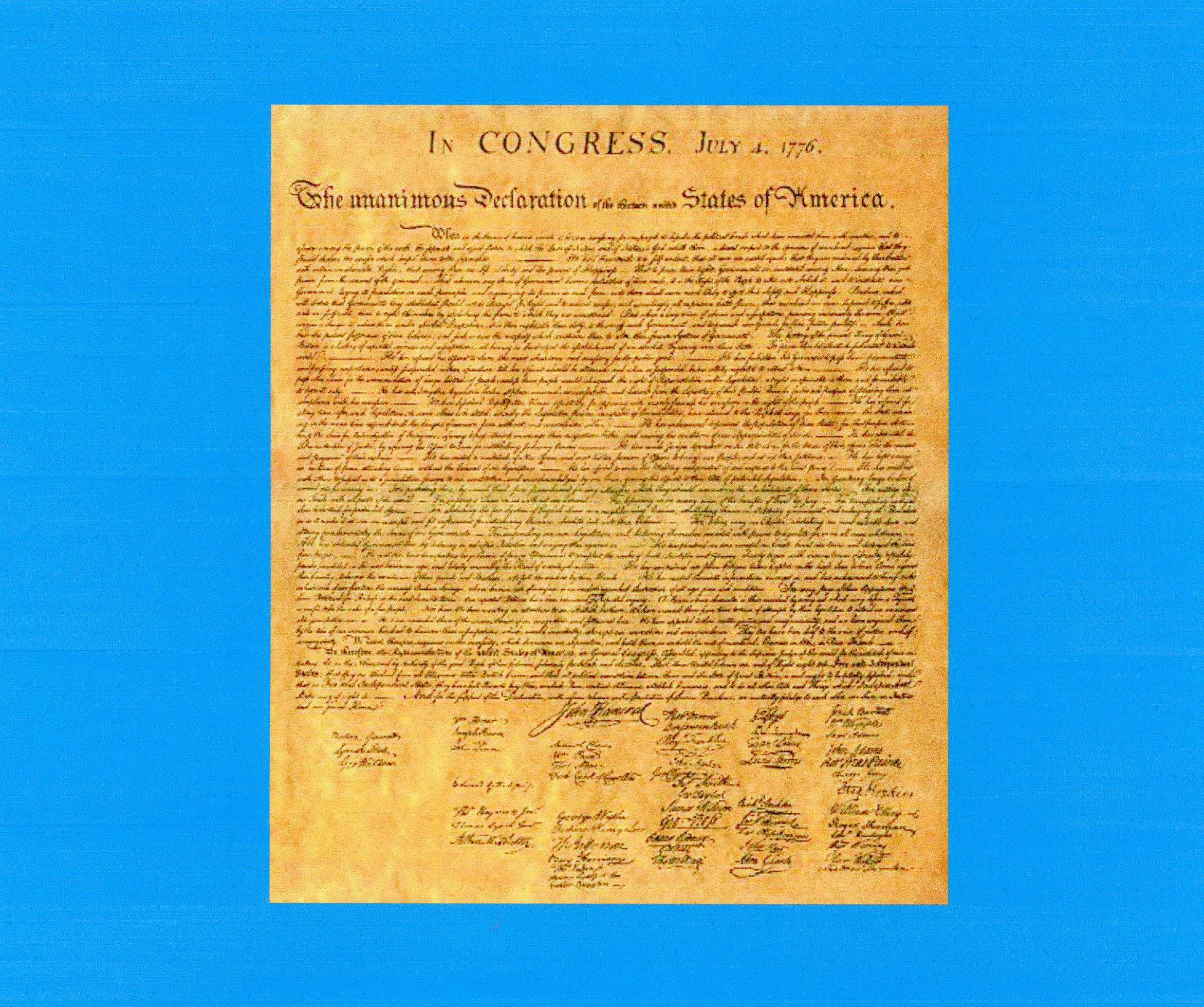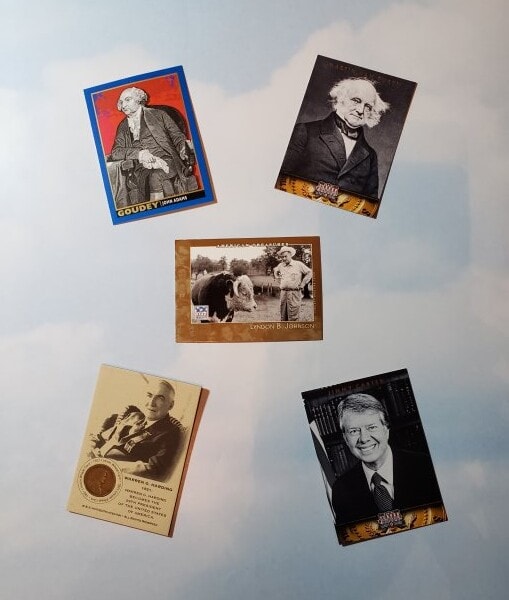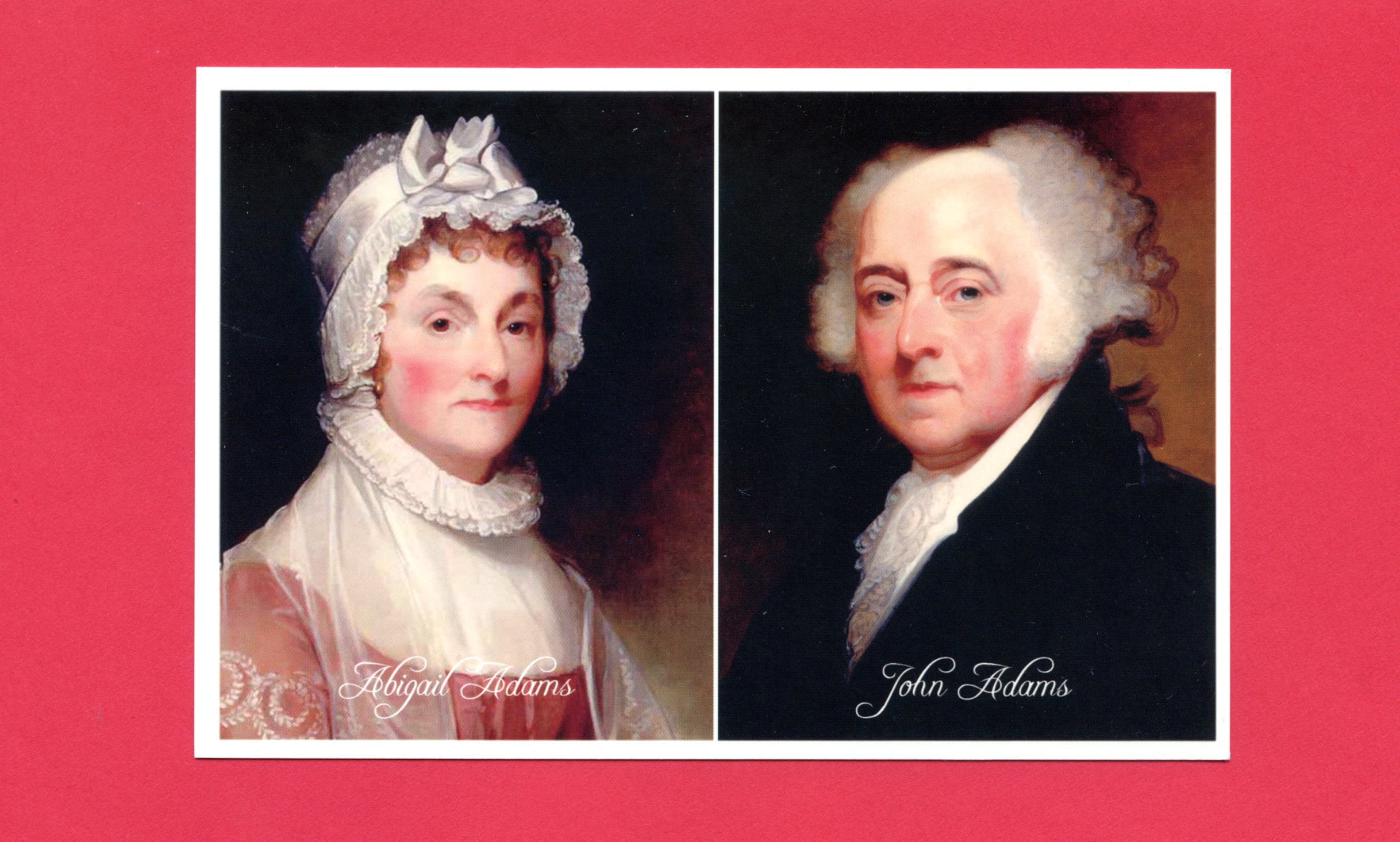The Needle in the Haystack
It seems like a long, long time ago, and it probably was. It was my first summer as a plumber’s helper. My boss was very tough. I knew nothing about plumbing and he was no nonsense. So it was both a learning experience and a torture.
The construction job was close to my house, but it was part of a new section they were putting in our development. The job, at least from a plumbing standpoint, was just starting. There were only a few of the many planned quadraplexes standing, and even those just had the basic shell around them.
The plumbing groundwork and sewer pipes were all cast iron. There are probably many younger plumbers who have never worked with cast iron before. Boy, are those plumbers lucky.
The cast iron pipe we used was about five foot in length and had bells on the ends of them. Both the pipe and the fittings were very heavy. You had to stick a heavy gasket in the bell hub to attach it to either another piece of pipe or a fitting.
Once you had the gasket in the hub, you had to put grease on the gasket and on the end of the pipe or fitting. If you were hooking up two pieces of pipe, you would use this awkward contraption that would grip the one pipe as it held onto the other piece behind the hub. Then there was a handle you would pull toward you. As you did this the one pipe would pull into the hub of the other pipe. If it was a fitting you needed to put in the hub, you use a handmade lead mallet. You would bang on the fitting until it was snug in the hub.
Sometimes you would get into very tight spots where neither of those methods would work. In those situations you had to do a procedure called packing and pouring. This required lead, oakum, and heat.
The disorganized Congress was really upset. We had been at war for over a year. Things weren’t going very well. We needed to get our frustrations out. One of the problems was that when you get fifty-six people together, it’s really hard to get them to agree on anything. He wasn’t going to give up because he was probably one of the most determined ones of the whole group.
The group decided to form a committee to voice their concerns. There was a very talented young, redheaded delegate from Virginia who could express, with his pen, thoughts better than almost anyone in our history. He suggested that this young Virginian, Thomas Jefferson, be on that committee of five. But who else should be on that committee?
It was decided that the four others should be: Benjamin Franklin of Pennsylvania, Robert R. Livingston of New York, Roger Sherman of Connecticut, and the man who suggested Thomas Jefferson. The committee quickly went to work.
It would probably be impossible for the Bible to mention all the characters that made a story happen. For instance, who mixed the mortar for the walls of Jericho? Who grew the trees for the planks that were used by Noah to build his ark? When Gideon used the fleece, whose sheep did the fleece come from? When Jonah was thrown overboard, to be swallowed by the big fish, what was the guy’s name that actually did the pushing?
It is with this unknown spirit we will meet one of those characters in the Bible. We have no name for our character, so let’s just call him Alon. We basically know nothing about Alon, except for the fact he will play a very minor role in our story.
Alon was a farmer. Like most people in his time, Alon looked for every opportunity to eke out a living. His fields grew many types of plants. Nothing was wasted. What he didn’t use himself, he took to town and sold so that he could purchase items he couldn’t produce on his farm. Such was the commerce of the farmer.
Out in Alon’s fields were different crops. Wheat and oats were probably two of his main crops. It took about six months to harvest these, so the seeds would be sowed in winter. The crops would be ready in the middle of the summer. The tops of these plants would be cut off for their grain. The grain was a valuable source of diet for them.
The stalks wouldn’t go to waste, though. The stalks, which now had no nutritional value, would become what we call straw. The straw was soft and it could retain heat. This made it an ideal bedding material for the animals, especially on cold nights.
In another field, Alon would grow a combination of plants that would include orchard grass, alpha, clover, and timothy. When it came time to harvest these, they were bundled together. These were rich in nutrients that were good for the animals to eat. Together these crops were called hay. Unlike straw, hay was not very soft and it causes you to itch if you were to lie in it.
Oakum is a stringy material made from hemp fibers. It is sometimes saturated with tar. Instead of using a gasket in the pipe hub, a packing and pouring method would be used. Oakum and lead would be the main ingredients. The fitting would be set inside the hub without the gasket. The oakum is then packed into the gap where the gasket would have been. Then a plumber takes a hammer and chisel and packs in the oakum real tight. This forms a water tight seal, but something must be done to prevent outside elements from corrupting the oakum and help keep it in place. This is where the lead comes into play.
The lead comes in nuggets almost the shape of cupcakes. To get these nuggets in the shape we need to go around the oakum, we need to heat the lead past its melting point. A tool, which is like a cord, is placed around the hub to hold the melted lead in place. The helper hands the melted lead to the plumber with a ladle, handle first. Once the lead returns to its solid state, which doesn’t take long, the plumber removes the string like tool. We now have a real nice seal.
The toughness of my boss taught me the proper way to install cast iron piping. Pulling pipes together, cutting pipes, and even the proper way to hand the ladle to a plumber were all things I had to be taught. Very little of what I was taught would ever be noticed by the residents or the neighbors.
If you walk by those houses today, there is not one bit of evidence of all the effort that went into all that plumbing work. Outside the ground, grass, trees, and possibly a flower bed sit many feet above the plumbing work. Inside, gravel and dirt, topped with concrete probably cover the plumbing work. No one would even notice the success of the properly working plumbing system. The only time most people pay any attention to their plumbing system is when it doesn’t operate properly.
The somewhat shy Jefferson was sometimes prone to get his feeling hurt when changes were demanded for the document. Jefferson’s friend, who suggested him for the committee, would often calm the young Virginian by reminding him of the much bigger picture. Although he understood he wasn’t very popular among the other delegates, he did completely understand the popularity of Jefferson. His own pride took a backseat to what was better for the country.
It was July 2, 1776 when the Second Continental Congress agreed that Thomas Jefferson’s very special document, the Declaration of Independence, should be signed and sent to Old King George of the Kingdom of Great Britain. The last of the fifty-six signatures was placed on the Declaration of Independence on July 4, 1776.
John Hancock’s name boldly stands out for its size. Of course the author’, Thomas Jefferson’s, signature can be found in the third column, 8 names down. But look very carefully at the signatures. If you go all the way over to the sixth column and go down to the fourth person, you will notice the signature of the fifth member of the committee, John Adams. John Adams often pumped Jefferson up and was like the cement that held the committee together.
Since cars hadn’t been invented yet, Alon could always find a market for his crops. Everything revolved around animals in this society. The transportation, whether camel or donkey, was an animal. To plow your field would require an animal like an ox.
More and more people seemed to be moving to the cities. Shops and homes sprung up everywhere. Hotels started competing with one another for business. Then one hotel owner came up with the idea of building a garage, or a stable might be a better term, to house the guests’ animals that carried them here. This was real good news for Alon and his crops.
Alon would fill up his cart and head into town with his straw and hay. The thriving new hotels couldn’t wait for him to arrive. They would lay fresh straw on the floor of the stable so the animals could keep warm when they laid on it. They would fill the feeding troughs with his hay. Business was booming for Alon.
Then one day the Governor issued an order. The Governor was real worried about the growing number of people in his land. He wanted a count to know exactly how many there were. He was also worried that not everyone was paying their fair share of taxes. Once they registered, he would know exactly who they were and he could track them down if he needed to collect more taxes.
The Governor made the people register in their hometowns. The city Alon serviced was so crowded he wasn’t even able to get his cart down the narrow alleys. He just went home.
The rooms in the hotels filled up quickly and soon there were people in the street who could not find a place to stay. I don’t care how much clout you had, there were just no rooms to be found. This left many on the street to spend the night. Alon probably should have stayed because he could have probably sold them some of his straw.
A young newlywed couple arrived in town a little late. The worried husband went from hotel to hotel to try to find a room. He had absolutely no luck because all the rooms were taken. He had absolutely no idea what he was going to do.
“Oh, Joseph!” came the cries from his young bride. “I think it’s almost time,” she continued. Joseph rushed to the closest hotel and banged on the door. “Please, please, please open the door!” he shouted. “My wife! My wife! She’s getting ready to have a baby!” he pleaded. “I told you I had no room,” the puzzled innkeeper said.
“We need to do something. She can’t have a baby on the street,” the innkeeper continued. “I know, let’s take her out to the stable. At least out there, she will be out of the elements and off the street,” said the innkeeper.
They rushed back to the stable. The innkeeper threw the hay out of the trough, or manger, the animals were eating out of. He pushed the animals outside. He then grabbed some of Alon’s straw, put it in the manger, and patted it down so it would make a nice, warm little bed when the child arrived.
The innkeeper’s wife helped Mary, Joseph’s wife, to the corner while Joseph brought in the supplies from the donkey. Then a little cry came from the corner. Joseph turned to look at the innkeeper who had the same look of panic that arose on Joseph’s face. The innkeeper’s wife, sensing the nerves, told Joseph to put one of the blankets she brought out of the hotel and place it on top of the straw in the manger.
The innkeeper’s wife then placed the little baby Jesus, who was all swaddled up, in the manger. She then had Joseph and Mary stand behind the manger. She told her husband to get a few of the cute animals and to bring them near the manger. She then took a picture. Well, if the camera would have been invented then she would have taken a picture.
Many pictures have been painted about what the birth of Jesus really looked like. Almost every one of them has Mary, Joseph and the little baby Jesus. Most also have the sweet baby Jesus laying in a manger. And almost all of those paintings have the baby Jesus lying on Alon’s straw.
When you head into the bathroom you rarely think about the plumber’s helper who handed the ladle to the plumber, or the plumber who made sure the pipes were installed correctly so the plumbing system would operate properly. When you think of the manger scene you rarely think about the person who provided the straw for the baby Jesus to lie on. When you think of the Declaration of Independence you rarely think of John Adams.
I believe one of the biggest obstacles of teamwork is self-promotion. The whole team suffers when it becomes more about one of the members than it does about the overall goal. The story is not about the plumber’s helper, Alon the straw peddler, or even John Adams. The story is much greater than anyone of them.
When you walk into a nice home, you shouldn’t have to think about the plumber who did the installing. When our forefathers fought for our independence, our thoughts shouldn’t have to turn to the individual sacrifice they offered, but we should be thankful for the independence it gained us. When God sent His baby Son, He shouldn’t have had to worry about if there was a place to lay his head. If you spend too much time focusing on who helped to make something happen, you lose sight of things like, being blessed with a wonderful home to live in, our very independence, or that God loved us so much that he was willing to let his Son be laid in a lowly manger rather than a castle.
Prayer: Dear Mighty Father, Thank You for all the people who have taken the time to teach me the correct way to do things like plumbing. Thank You for our forefathers who all used their different talents to help us gain our independence. But more so, thank You for that independence. Thank You for loving me so much that You sent Your very Son to this earth for me. Please never let me forget that it is You and Him that are the real story. Amen.



